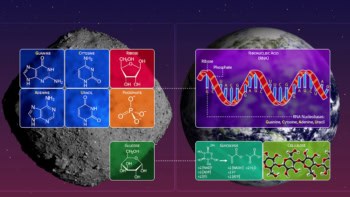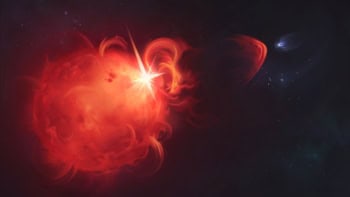
In 2006 there was an outcry from many astronomers when Pluto was stripped of its planetary status and renamed as a dwarf planet. The aggrieved feel that the distinction is rather arbitrary, especially as it is difficult to distinguish dwarf planets from other bodies in the solar system. Now, however, a pair of researchers are offering a more rigid definition by calculating the lower limit on the size of dwarf planets for the first time.
The IAU’s definition of a planet is a celestial body that meets three strict criteria. First, it must be in orbit around the Sun. Second, it must have sufficient mass that its self-gravity overcomes other forces in the rigid body so that it assumes a nearly round shape. Finally, it must also have cleared the neighbourhood around its orbit by drawing in other space material with its gravitational field.
A dwarf planet meets all of these criteria except the last. Indeed, this was the downfall of Pluto, whose orbital path overlaps with other objects such as asteroids and the planet Neptune.
This categorization, however, does not sit happily with many astronomers who point out that Neptune also fails the test because of its overlap with Pluto. Furthermore, there is no agreement on how small dwarf planets can be, making it difficult to estimate the number of dwarf planets in the solar system.
Potato radius
In this latest research, Charles Lineweaver and Marc Norman at the Australian National University address this issue by deriving from first principles a lower limit on the radius of protoplanets. They calculate, using their new equation, that asteroids must have a radius of at least 300 km and icy moons must have a radius above 200 km for self-gravity to dominate and create spherical bodies. Below this radius, a balance between gravitational and electronic forces can create all sorts of shapes referred to as rounded potatoes.
The new categorization increases the number of bodies orbiting beyond those that should now be classified as “dwarf planets”. Previously, astronomers had known the size of a lot of these bodies, but not whether they were spherical. “Measuring the shape of objects as a function of size can help us determine how hot these objects were when their shapes were set early in their formation,” says Lineweaver.
This research is published on the arXiv preprint server.



